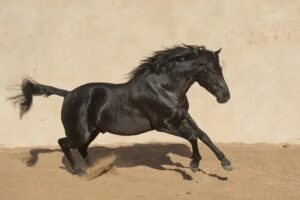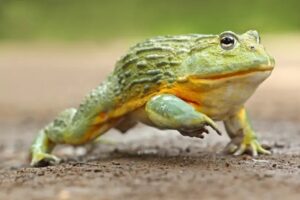Horse Markings Demystified: An Overview of 15 Common Patterns (With Pictures)


Most people familiar with horses can easily identify a herd and identify each horse by its coat color: buckskin and cream for buckskins and palomino and bay for palomino and bay respectively. Although this task doesn’t present too many challenges, after spending time among a large herd it becomes clear that not all buckskins look identical because two horses rarely share identical characteristics.
Horse markings are what set individual horses apart, with various kinds of markings available to identify individual horses. Markings often consist of large, easily visible areas of white on a horse’s coat – nearly every horse features distinctive markings which help people easily identify individual horses.
Once a horse is born with markings, their appearance does not change with age or when shedding its coat in fall. Though markings may seem to change shape or size during this process, it’s simply due to changes in coat length: their core remains unchanged.
There are various forms of horse markings, from facial and leg markings – both white – to non-white markings that help distinguish horses among each other. Here is an overview of horse markings to give you a better understanding of how you can spot each animal from another.






